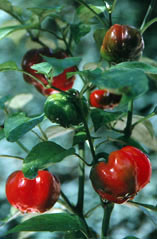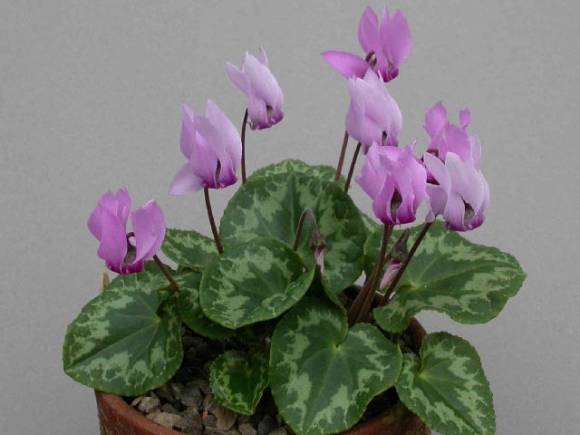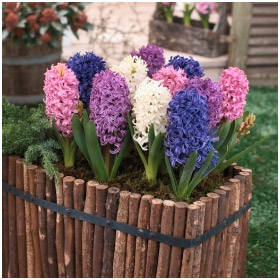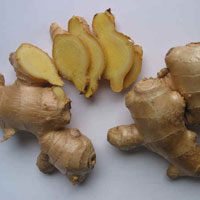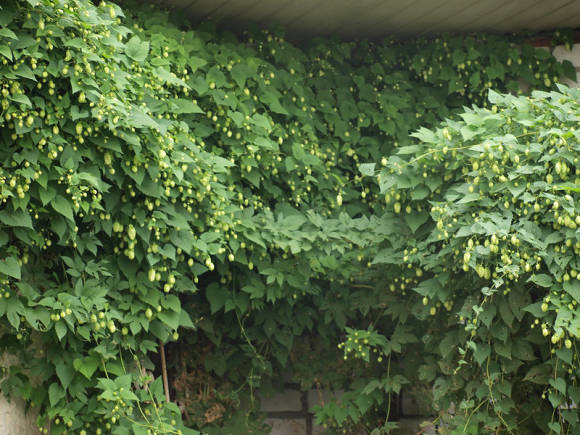Its healing properties have been known since ancient times. This plant is mentioned in the Ebers papyrus, an ancient treatise on the use of plants, known by the father of botany, Theophrastus. Dioscorides and Galen used coriander for obstetrics and skin diseases, and Hippocrates for hysteria. The ancient Egyptians obtained fragrant oil from it, which was used during religious ceremonies. In China, it was used in the 4th-5th centuries.
Medicinal raw materials of coriander and its components

In general, almost the entire plant is used - both leaves and fruits, and even roots in folk medicine in various countries. But let's start with the greens, because the seeds are sold in the vegetable section. Leaves contain up to 15% dry matter, ascorbic acid, carotene, rutin and B vitamins1 and in2... Greens are a good antiscorbutic agent, since vitamin C is contained in combination with rutin, which determines the capillary-strengthening properties of greens.
The raw materials of coriander are fruits. They are harvested when 30-50% of the seeds in the umbrellas are browned. Cut umbrellas are laid out on paper or tarp in a well-ventilated area. When threshing, it is necessary to ensure that the fruits are not crushed, since this damages the tubules in which the essential oil is located and it evaporates, and the raw material becomes less fragrant and, accordingly, less valuable.
Medicinal and technical raw materials (coriander fruits) should have a yellowish-brown (possibly greenish) shade, aromatic smell, spicy, pungent taste. Underdeveloped and spoiled fruits should be no more than 3%, essential oil content - not less than 0.5%. In the raw material, the following content, in%, is permissible: moisture - 13, chopped fruits (semi-fruits) - 15, essential oil impurities of this plant - 10, weed impurities - 2; essential oil admixture of other plants is not allowed.
Coriander essential oil
According to the requirements of the European Pharmacopoeia, coriander raw materials must contain at least 3 ml of essential oil per 1 kg of raw materials.
Few people know that in terms of essential oil production, coriander is inferior to almost all the most famous cultures, well, except, perhaps, roses and lavender. Its fruits contain up to 20% fatty oil, 1.5% essential oil, GThe main component of which is linalool. Its share can reach 70%. It also contains geraniol, terpinene, pellandrene, pinene, borneol. It is a colorless to pale yellow liquid with a sweet woody-spicy aroma. The essential oil serves as a starting product, from which oils with the aroma of rose, violet, lily, lemon, orange, etc. are obtained by distillation.

Features of the accumulation of coriander essential oil:
- in the process of development, the content of essential oil increases, reaching a maximum by the beginning of fruiting, then the content of oil decreases;
- loss of oil occurs due to aldehydes, which penetrate through the shell and therefore, during storage of the fruit, their aroma is significantly improved;
- as it develops, aldehydes decrease in the oil and alcohols and carbohydrates predominate, therefore, the fruits collected by unripe fruits will have a "bug" shade characteristic of greens in the aroma;
- when storing undried fruits, oil is lost and its quality deteriorates: firstly, mold can develop on raw seeds, which, as modern research has shown, is a source of mycotoxins that are very harmful to the body, and secondly, the seeds in the mass begin to warm up even when this oxidizes the components of the oil and it acquires a rancid aroma;
- the composition of coriander essential oil is stable and almost does not differ depending on the variety, the growing zone, in all cases linalool prevails;
- when storing dry fruits, their smell improves.
In addition, coriander fruits contain trace elements: potassium, calcium, magnesium, iron, selenium.
Stomach remedy and more
Coriander has an antispasmodic, carminative, choleretic, mild laxative and antiseptic effect. It stimulates the activity of the digestive glands.
Coriander fruits have the ability to improve digestion, enhance the production of gastric juice, and normalize liver function. Together with other umbellates such as dill and fennel, it is a wonderful remedy for excess gas formation in the intestines. And after a hearty meal, it will help get rid of the heaviness in the stomach. It is often added to the collection to improve the taste.
The French phytotherapist of the last century A. Leclerc recommended coriander to restore digestion after suffering intestinal infections such as typhoid and intestinal flu.
In folk medicine, coriander fruits were considered a means of enhancing sexual functions, and a mixture of coriander greens and parsley in equal parts was used for impotence.
Coriander recipes
Now is the time to get acquainted with a few recipes.
Infusion of fruits: 1 tablespoon of seeds is poured with a glass of boiling water. Insist and take 1 glass after meals.
Fresh coriander juice - a good hemostatic agent, a dose of 2-5 ml per kg of patient weight.
With depression 100 g of pre-crushed fruits per 1 liter of dry red wine, strain and take 50 g 2 times a day during lunch and during dinner.
With stomach ulcers sometimes the following Tibetan recipe is recommended: in equal parts, take sea buckthorn pulp (this is what remains after squeezing the juice and dried), elecampane roots and coriander fruits. This mixture is ground in a coffee grinder and taken ½ teaspoon before meals with a little water.
With freckles it is recommended to wash your face daily with a decoction of coriander. Just like parsley, it whitens the skin.
Notes for an aromatherapist

The ancient Egyptians obtained aromatic coriander oil by extraction with vegetable oils, which was used during religious ceremonies. Its seeds were found in the tomb of Pharaoh Ramses II.
Currently, coriander essential oil is commercially available (it is quite cheap), and aromatherapists use it for depressive and depressed conditions, for spasms of smooth muscles.
Dr. E. Bach recommends coriander oil as a light psychovegetative regulator to relieve fatigue, irritation, postpartum depression, nervousness. The essential oil has estrogenic activity and can be used to normalize hormonal levels in the body.
Coriander essential oil is used topically with neuralgia and rheumatism... For this, 5 drops of essential oil are diluted in 10 ml of base. A massage with the same oil will help relieve stress and fatigue.
According to V.V. Nikolaevsky, the essential oil of this plant increases the viability of blood cells and has a pronounced antioxidant activity.
Contraindications to the use of coriander
But, like any medicine, coriander also has some restrictions on its use. They mainly relate to the use of essential oil.
- Do not exceed therapeutic doses, as coriander essential oil can depress the heart and kidneys.
- It should not be applied to open wounds.
- It is also contraindicated in pregnancy.
The seeds and essential oil are used as anthelmintic agent in veterinary medicine... For horses, 10-25 g of fruits are added to the feed, for cattle and pigs - 5-10 g, and for dogs - 0.5-2 g.
For zealous housewives - dishes with coriander
In cooking, coriander is used in the production of liqueurs, sausages, in England and Germany - in the production of beer.
Here are some simple recipes: Tomato Cilantro Soup, Spiced French Fries, Spicy Vinegar.
And finally, I want to recommend adding this spice to rice and carrot dishes, for example, to peppers stuffed with these products, or when cooking Korean carrots. Well, and even about sprinkling with homemade unsweetened buns or meat baked in the oven, you can not even talk about.
Recipes with coriander:
- Pea soup with smoked meats, caraway seeds and coriander
Zucchini juice with gooseberries, dill and coriander
- Spanakopita with cilantro and feta cheese
- Spicy turkey salad with beans, hazelnuts and cilantro
- Grilled bacon, feta cheese and cilantro rolls
About cultivation and varieties coriander read on the page Coriander.


